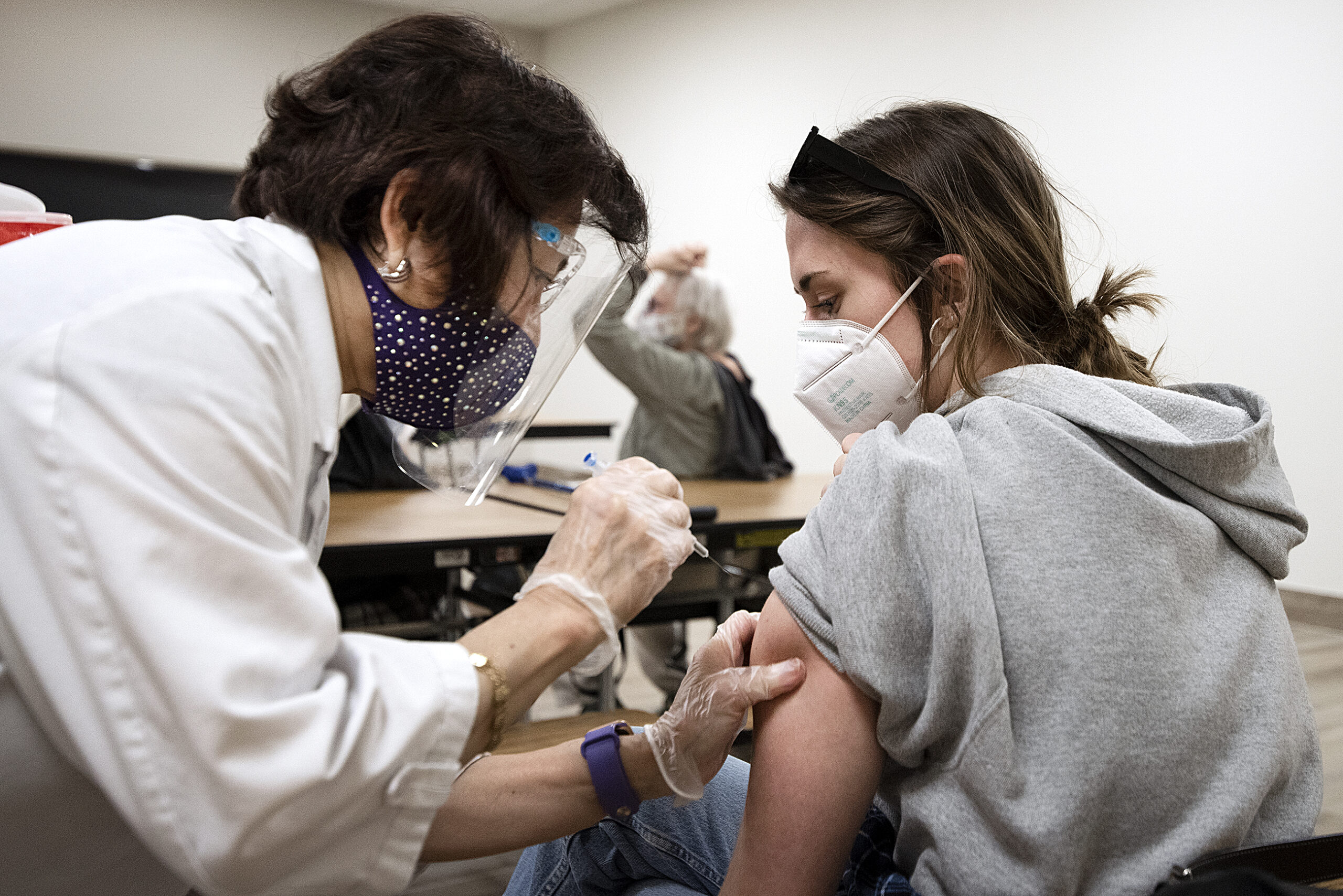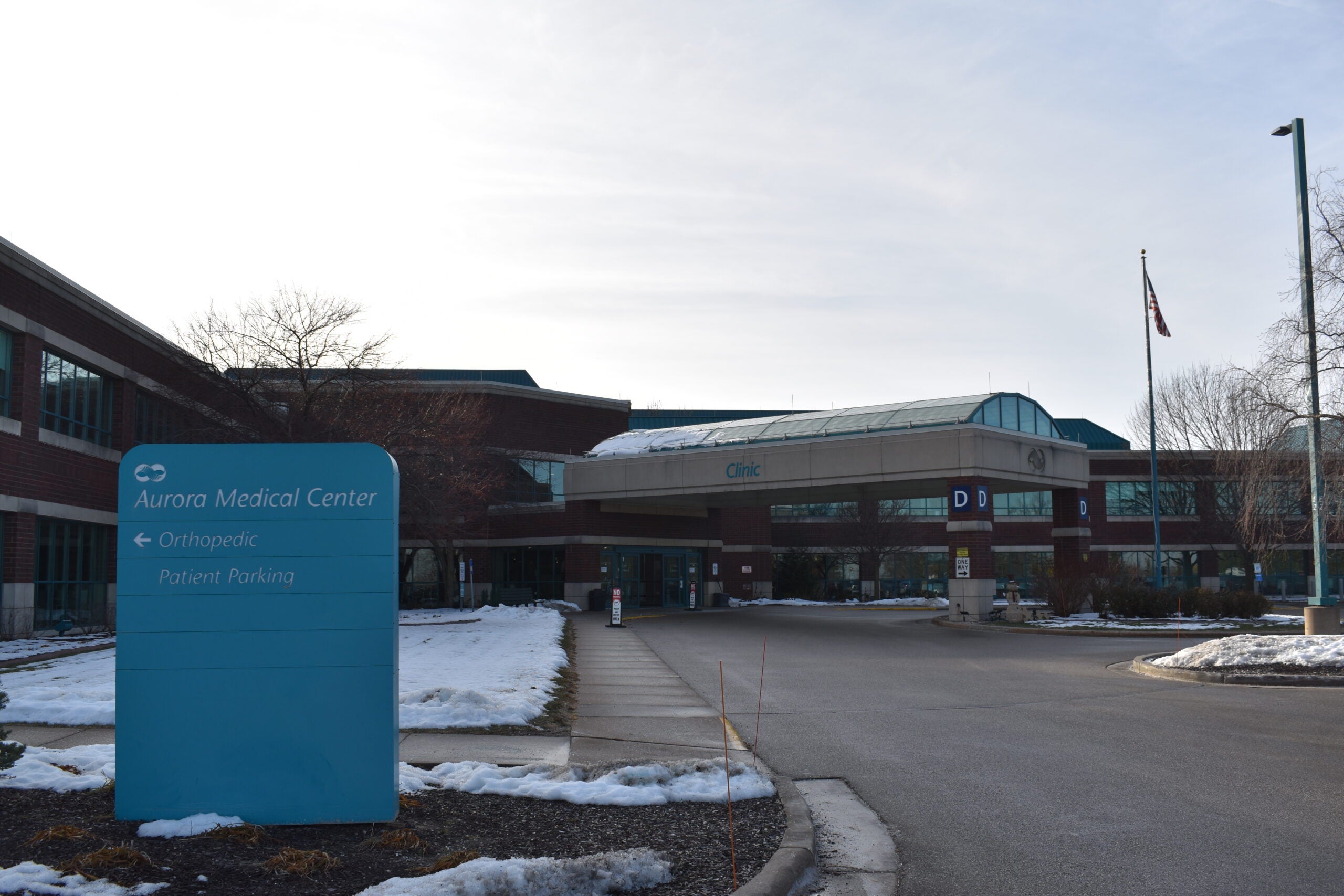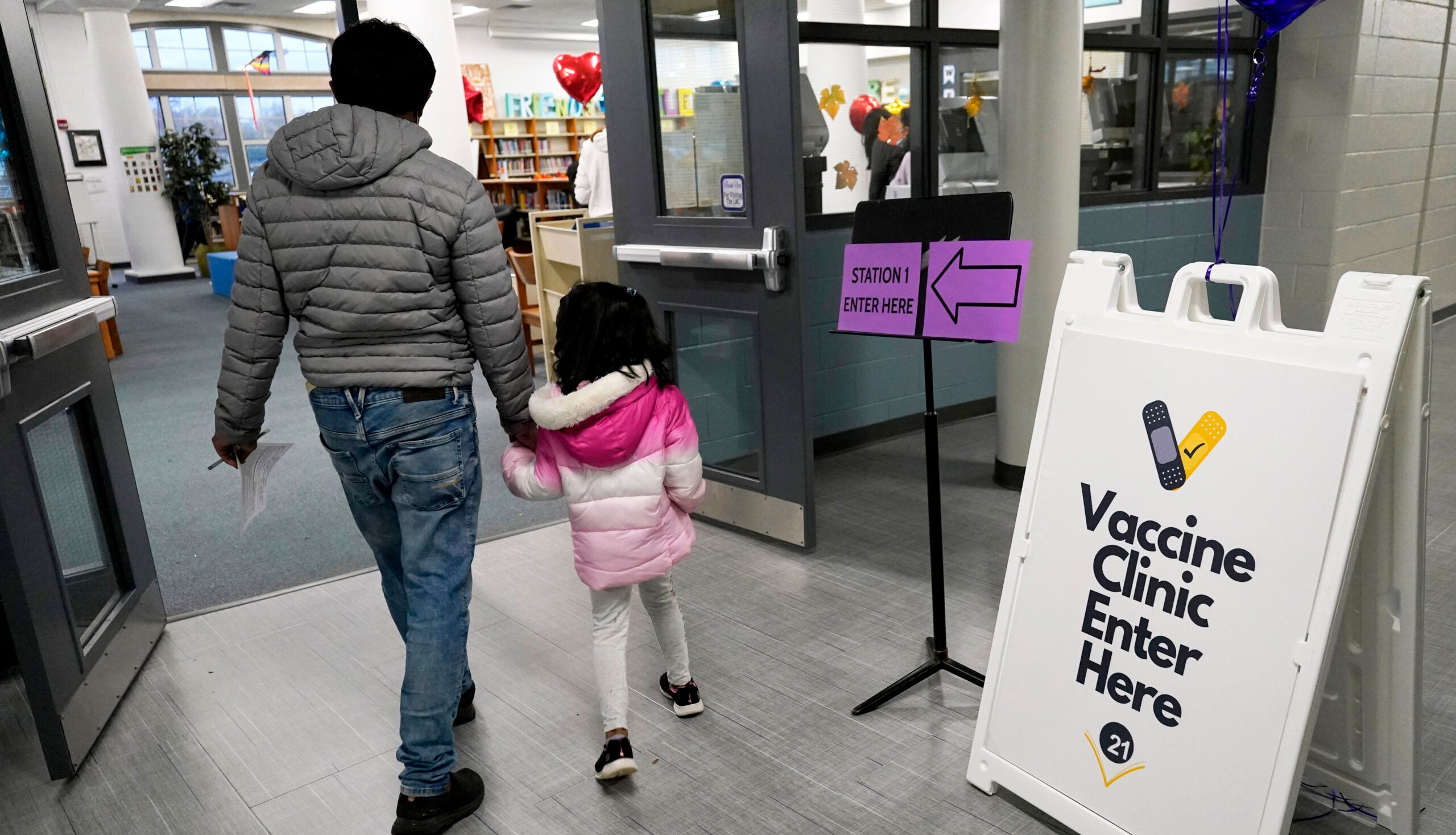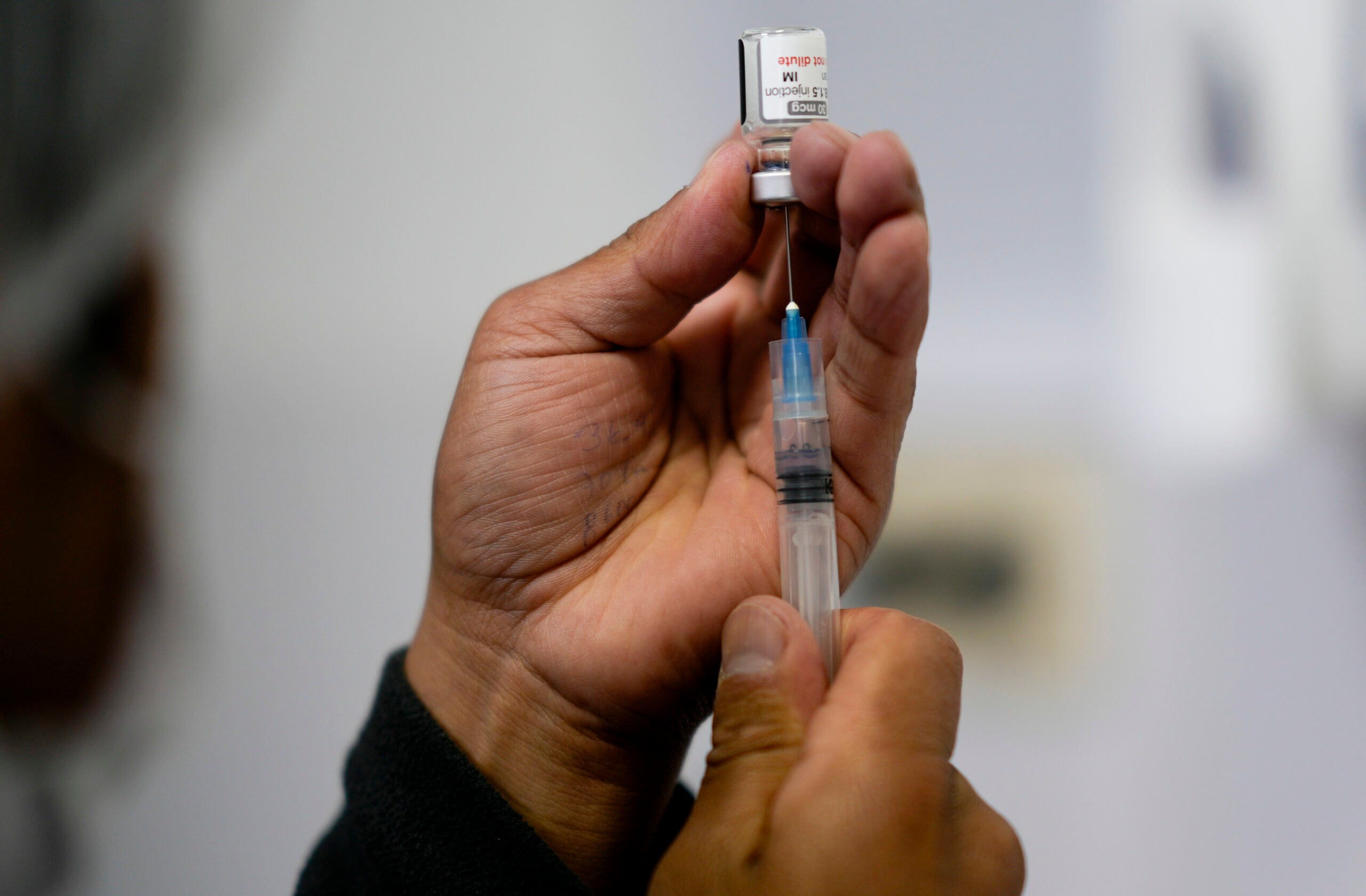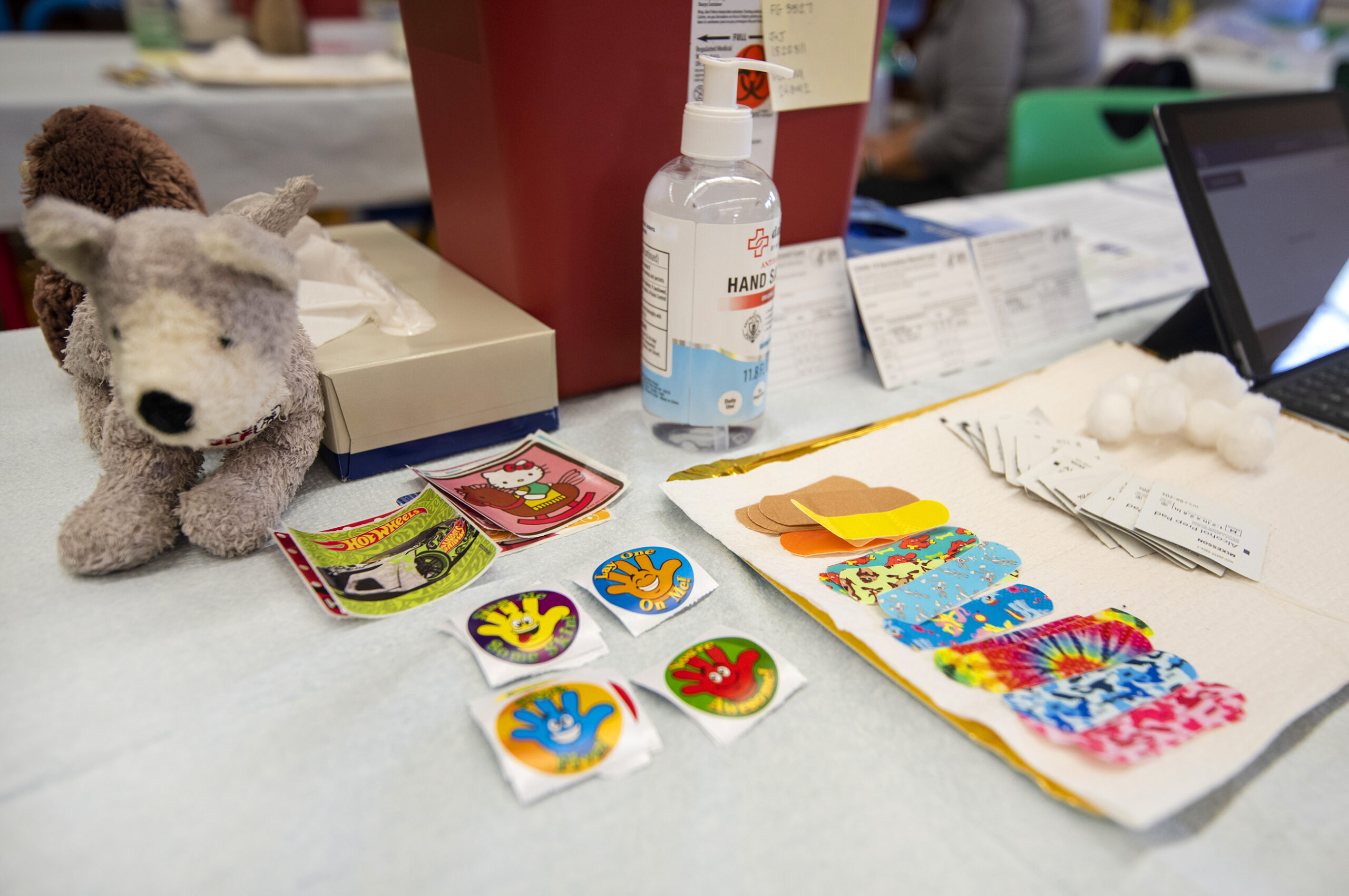Since the COVID-19 vaccine first made its way to states in December, Wisconsin has been a leader in getting people vaccinated.
As of Friday, 86.72 percent of the state’s distributed vaccines had been administered. The only state with a higher distribution rate is New Mexico.
While leading the pack overall, Wisconsin ranks in the bottom third of states when it comes to inoculating those living in underserved communities. A Centers for Disease Control and Prevention study comparing state vaccine distribution based on “social vulnerability” found Wisconsin ranked 32nd out of 48 states.
News with a little more humanity
WPR’s “Wisconsin Today” newsletter keeps you connected to the state you love without feeling overwhelmed. No paywall. No agenda. No corporate filter.
The CDC’s Social Vulnerability Index is a tool used to determine which areas need help the most during disasters, based on factors like poverty, lack of vehicle access or crowded housing.
Milwaukee has several zip codes that rank high in the CDC’s Social Vulnerability Index. In an effort to make sure those most affected by COVID-19 have access to the vaccine, Wisconsin health officials are expanding eligibility to anyone 18 years and older living in 10 Milwaukee zip codes where immunization rates have been slow.
“What we see is there are certain parts of the city, certain parts of the county where there are fewer doctor’s offices. There are fewer people who have health insurance,” said Milwaukee Mayor Tom Barrett during a virtual press briefing on March 18.
Those 18 and older living in zip codes 53204, 53205, 53206, 53209, 53215, 53216, 53218, 53223, 53224 and 53233 can register for appointments by visiting Milwaukee.gov/covidvax or covidmke.com.
Over the course of two days, about 5,000 people had signed up for a shot. About 230,000 people live in the 10 zip codes.
The eligibility for those living in the 10 zip codes coincides with state health officials opening up vaccinations to anyone 16 and older with certain medical conditions — including asthma, cancer and diabetes — on March 22.
Milwaukee County Executive David Crowley called the effort “a step in the right direction toward serving our underrepresented neighborhoods of color and instilling confidence that they will be treated with equity and respect in the health care system.”
State Department of Health Services Deputy Secretary Julie Willems Van Dijk said they worked with Milwaukee to get more vaccine into vulnerable neighborhoods and encouraged health officials across the state to do the same.
Public Health Madison and Dane County plans to have mobile clinics and is working on outreach by having virtual town halls “to support building understanding of the vaccine to undo some myths around it,” said director Janel Heinrich.
Choosing which communities to target for additional vaccine outreach is just one of many steps including building relationships with community organizations, local leaders and talking to individuals, says Ajay Sethi, a University of Wisconsin-Madison epidemiologist and associate professor in the Department of Population Health Sciences.
“It’s sort of the top-down approach. It’s not something that is bottom up,” he said. “Setting up a vaccine site in a place where there’s high social vulnerability doesn’t guarantee shots will actually make it into arms of people who are more vulnerable to COVID.”
Wisconsin Public Radio, © Copyright 2025, Board of Regents of the University of Wisconsin System and Wisconsin Educational Communications Board.

